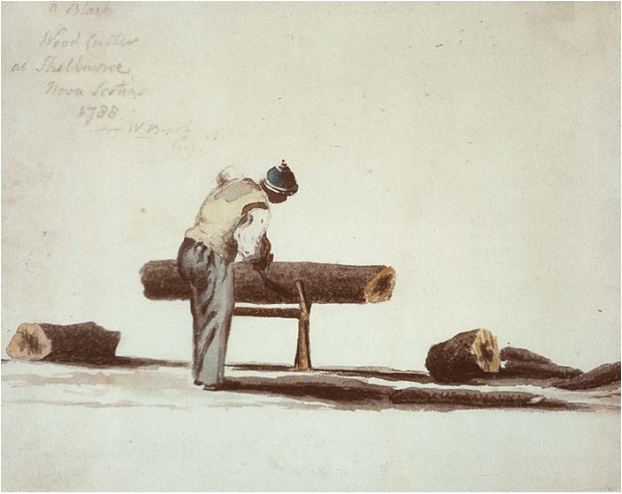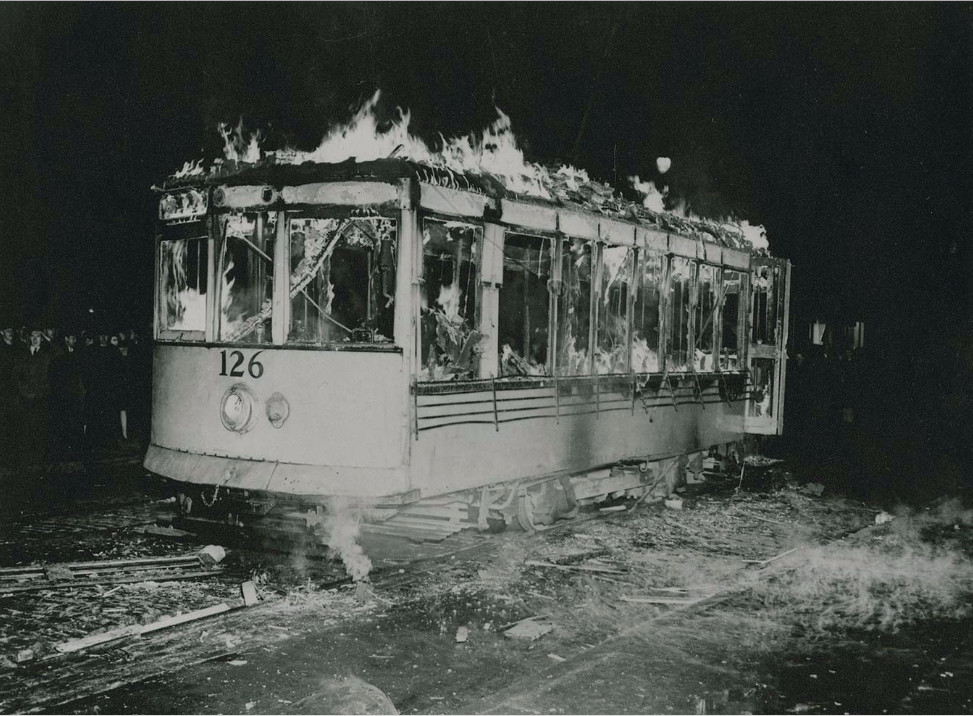Article
Durham Report (Plain-Language Summary)
In late 1837, violent rebellions took place in Upper and Lower Canada. (See Rebellions of 1837–38 [Plain-Language Summary].) In May 1838, Lord Durham was sent from Britain to find out what had caused the unrest. His Report on the Affairs of British North America (1839) led to a series of reforms. These included merging the two Canadas into the Province of Canada. This was done through the Act of Union in 1841. The report also paved the way for responsible government. This was a vital step in Canada’s path toward democracy and independence from Britain. This article is a plain-language summary of the Durham Report. If you would like to read about this topic in more depth, please see our full-length entry: Durham Report.






